“Life is a carnival”. So said Celia Cruz. And one would love it to be the case, but we have to make do with the fact that for one week of the year we can dress up as different people, wearing wigs and all sorts of accessories. Spain's carnivals transcend borders, just like the Brazilian carnivals, with local rhythms, parades, floats and queens. But if one look further, Spain has something that they don't have in the new world: historic carnivals where the characters from popular legends become the stars. These are just a few of the most original and historic carnivals around Spain
Lantz, Navarra
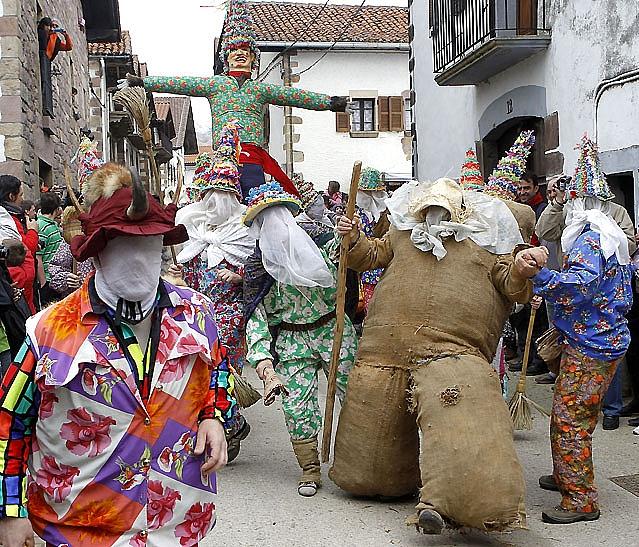
A carnival with very peculiar characters, inspired by a legend that has been passed from generation to generation. The village of Lantz borders France, which means that smugglers used to abound. Mikel Otxin was among them. In order to stop his misdeeds, Ziripot, the strongest man in the village, was entrusted with stopping Otxin and confronting Zaldiko, the fiend's faithful horse. So every year there is a parade through the village streets for the three days of festivities. The carnival is deeply rooted in tradition and although the exact date when it was first celebrated is unknown, there is evidence of municipal authorities banning it from the year 1911.
Santoña, Cantabria
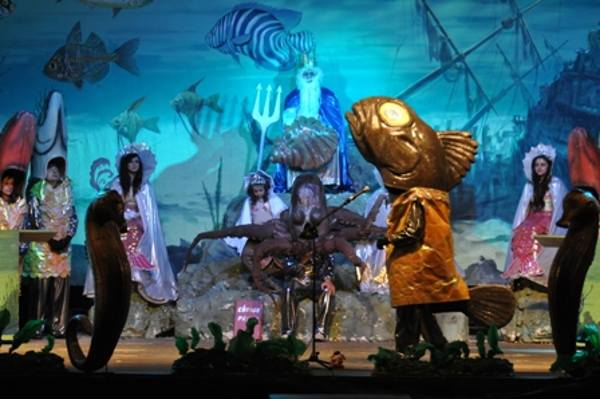
The Santoña fiestas have been declared of Tourist Interest since 1985. In the same way as many villages in Northern Spain, they have a main character. In this case, since the area has a strong fishing tradition, the main star of the fiestas is a sea bream. He has captured a mermaid and must face trial. All the fish then appear before Neptune to give evidence. Finally, despite being pardoned, the sea bream dies of sorrow after having discovered that the mermaid doesn't love him. The festivities conclude with a representation of the bream being burned in the waters of the bay.
Villanueva de la Vera, Cáceres
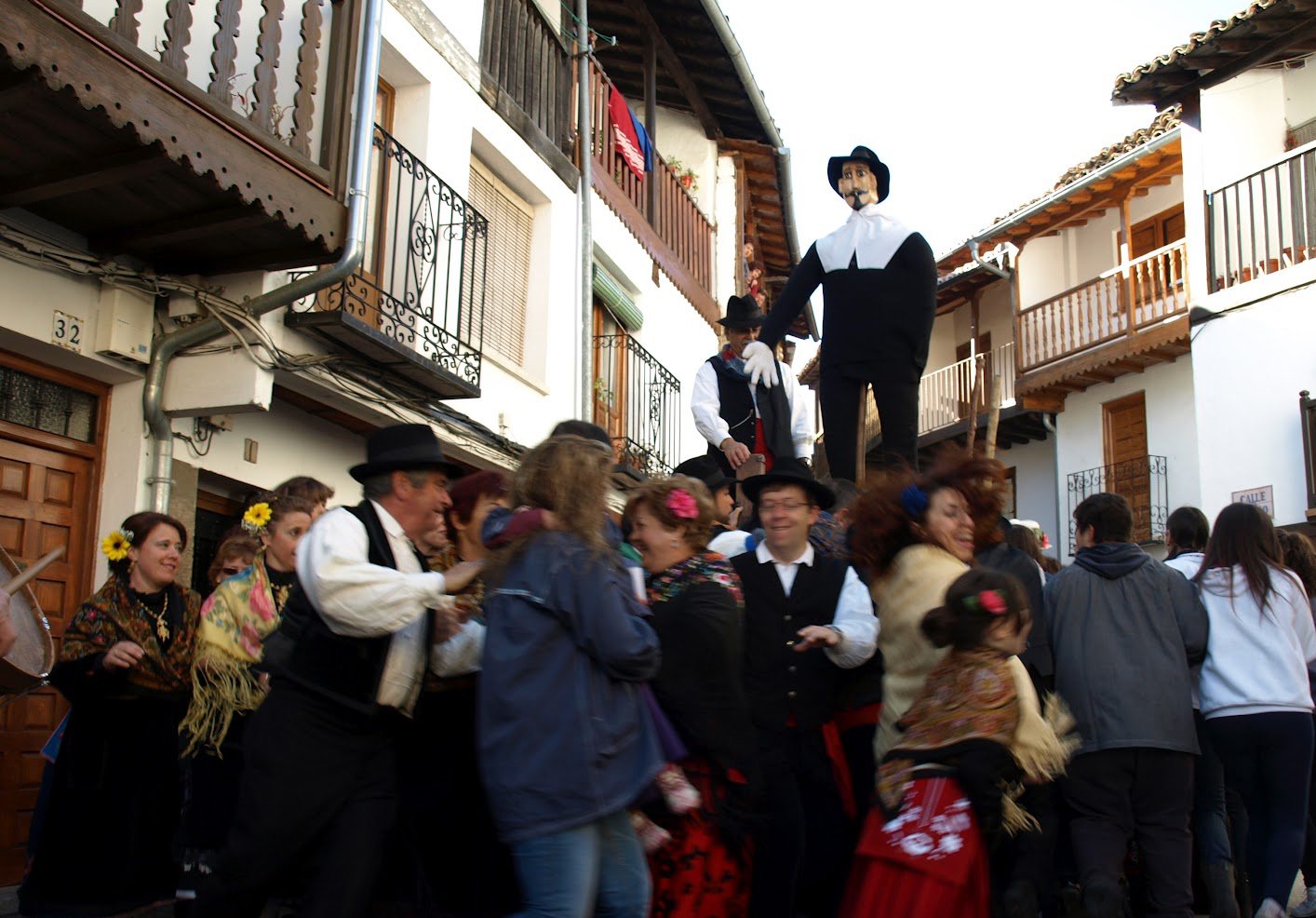
The carnival is called Peropalo due to its main character. Although its origins are uncertain, it is believed that this festival was celebrated at the turn of the 20th century. Peropalo was a scoundrel and a tax collector, unpopular in the area due to his ostentatious abuse of his powers. During the carnival a mock public trial is held, where he is paraded through the streets and insulted and bawdy songs are sung about him. After the conviction, which is communicated to all the neighbourhood by a messenger on a horse who rides through the area, a straw likeness of Peropalo is burned. The head is saved and kept until the following year.
Verín, Ourense
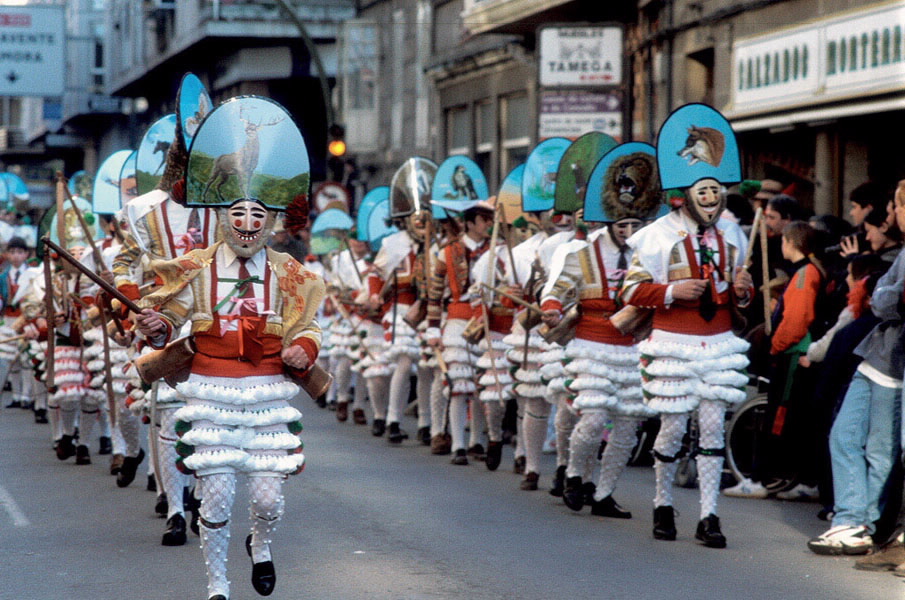
Three towns join in the Entroidos de Ourense, the local name for their carnivals. Nearly everyone joins in since almost no-one dares attend without dressing up, for fear of receiving a “punishment”. The start of the fiestas is marked by a great battle where everyone throws flour at each other. In Verín there are also specific characters, such as the "cigarrones", who dress in colourful clothes and wear enormous wooden masks and cowbells around their waist so that you can hear them approaching. Without a doubt, they are very loud, colourful Entroidos.
Carnival in Tarragona
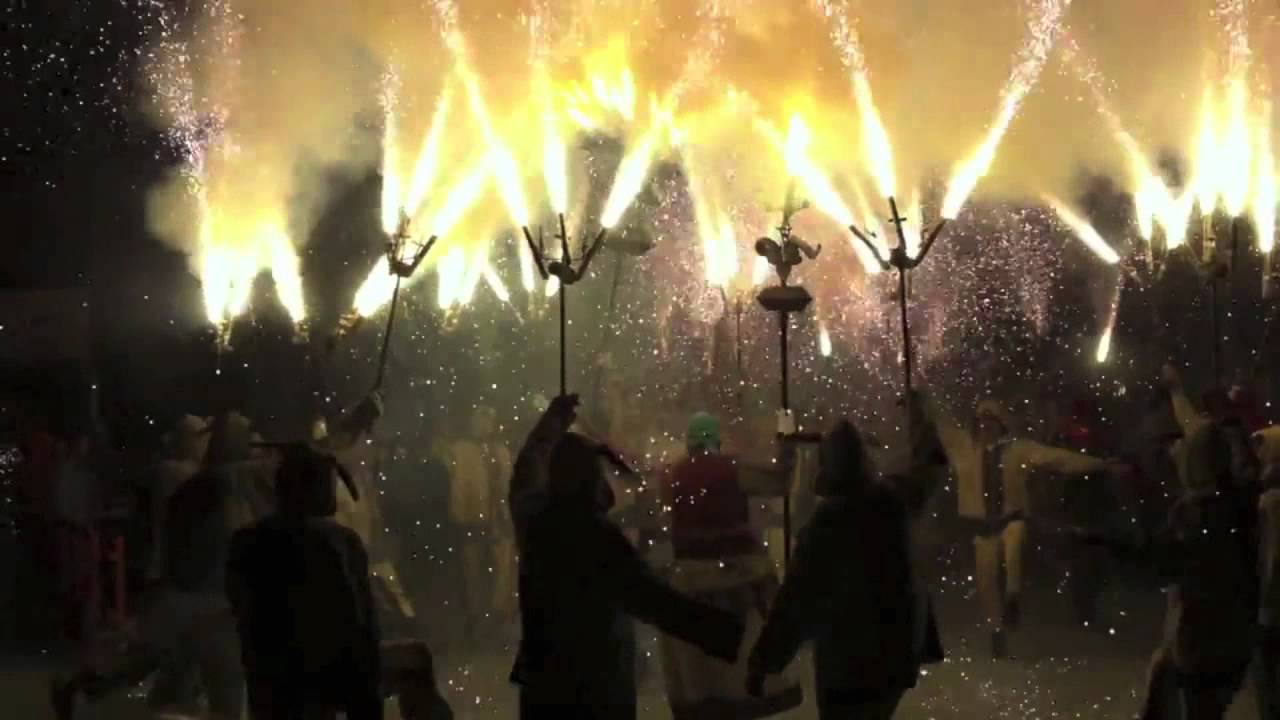
In the Catalan capital the focus is on fire, which is present in almost all events and parades. It is of specific importance on the Tuesday of the carnival, as this is when attendees dance the “ball de diables” (devil's dance) so that the royal notary, Lucifer, declares his will in the plaza. However, it isn't until the following day that the Ninot, Ninota and Bota (symbols of the Tarragona carnival) are burned, with demons acting amidst fireworks and rockets.
Various different carnivals take place throughout the whole of Spain in which one or several characters are imitated and ancestral customs or rituals are celebrated. This is without a doubt one more example of the great diversity of Spain that generates interest and continues attracting tourists year after year.